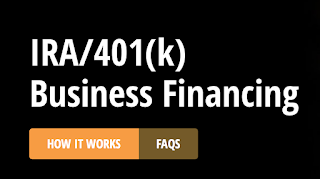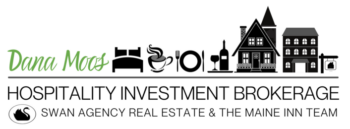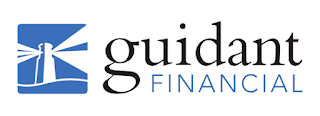We’ve had numerous clients utilize their 401k funds to purchase a lodging property, and one of the companies that facilitates this transaction (in accordance with IRS) is Guidant Financial. This can make a substantial difference in what buyers can afford to purchase.
Using Rollovers for Business Start-ups (ROBS) to finance a business isn’t new, but it is unfamiliar to many. As a result, there are a lot of myths swirling around about the use of ROBS that may be stopping would-be entrepreneurs from chasing their dreams.
ROBS involve using money from an eligible retirement account to finance the purchase of a business or franchise. To make a long story short, a corporation is formed, and that corporation then sponsors a 401(k) plan. Funds are rolled from an existing retirement account into the new 401(k) without triggering a taxable distribution. This new 401(k) purchases (or invests in) shares of the corporation, which can then purchase a business or franchise.
In essence, ROBS allow you to take control of your finances and invest in yourself. Here’s the truth behind the most common ROBS myths:
1. It’s not tax avoidance.
2. ROBS are an investment, not a loan.
With ROBS, you’re investing in your new business or franchise, not taking on debt. This means you won’t have to make monthly loan payments or incur interest, and you have the opportunity increase the value of your investment.
3. You can use ROBS to diversify your nest egg.
You don’t have to take every penny from your existing retirement fund for ROBS to work. Many people only use a portion of their retirement assets, leaving the remainder in their existing 401(k) or IRA to be invested traditionally. What’s more, the ROBS arrangement can be used in conjunction with a small business loan or other financing option, so you can diversify your investments even further.
4. ROBS are not for absentee business owners.
If you’re hoping to use ROBS, you must be a bona fide employee of your new business. As a guideline, Guidant recommends you work at least 1,000 hours per year to be considered a bona fide employee.
5. ROBS cannot fund an LLC.
To meet the compliance requirements of Rollovers for Business Start-ups, the business must be a C Corporation. A Limited Liability Company (LLC), Partnership or S Corporation don’t meet the necessary requirements.
6. Getting funded using ROBS can take as little as three weeks.
Depending on the state in which you’re filing, and how fast you’re able to file the necessary paperwork, funding can take as little as a few weeks. Most are completed in less than 30 days.
7. ROBS are not the same as Self-directed IRAs.
While it’s possible to finance a business with both self-directed IRAs (SDIRAs) and ROBS, there are some
major differences between the two. If you use an SDIRA, the owner may not work for the business they invest in or take a salary. The investment amount is also potentially liable for the unrelated business income tax (UBIT), which can get very expensive. With ROBS, the 401(k) owner must work for the new business, and the UBIT doesn’t apply.
8. ROBS can be used to fund start-ups.
As the name suggest, Rollovers for Business Start-ups are a great option to finance not only start-ups, but also purchases of existing businesses and franchises.
To some, the ROBS process can appear to have complex rules and regulations. But if you have a qualified retirement plan with a balance that’s sufficient for your start-up needs and work with an experienced company to support its formation, it can be a great option to start or recapitalize your business debt-free.



